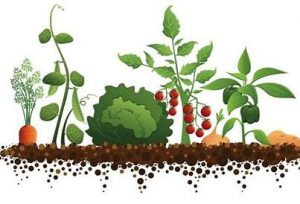When winter comes I turn to hot foods and this past winter was no exception. I depended on my soup 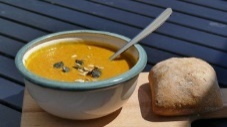 for fiber and veggie nutrition along with my usual whole grain breads, pasta, and brown rice. I added pieces of Romaine lettuce to the top of my soup bowl to get some roughage as well.
for fiber and veggie nutrition along with my usual whole grain breads, pasta, and brown rice. I added pieces of Romaine lettuce to the top of my soup bowl to get some roughage as well.
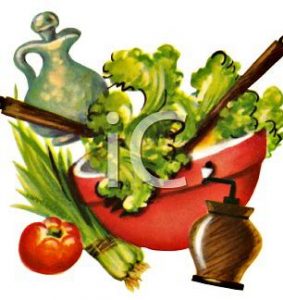 Springtime is another story. When the warm air hits I crave the cool crunch of a hearty salad, and this spring I created one that is nutritious, colorful, and full of texture – a delight for the senses. This particular salad really “unclogs” my system so I try to eat at least one salad each day. Here is my salad recipe followed by the nutritional benefits of its ingredients along with online sources for you:
Springtime is another story. When the warm air hits I crave the cool crunch of a hearty salad, and this spring I created one that is nutritious, colorful, and full of texture – a delight for the senses. This particular salad really “unclogs” my system so I try to eat at least one salad each day. Here is my salad recipe followed by the nutritional benefits of its ingredients along with online sources for you:
 Diane’s Red ‘n Green Organic Leaf Combo Salad ©
Diane’s Red ‘n Green Organic Leaf Combo Salad ©
Ingredients
* Organic Red Leaf lettuce… a few leaves
* Organic Romaine lettuce…a few leaves
*Hot or cold ingredients from my soup (see Welcome page for link to recipe)…1 or 2 tablespoons
*Parsley ¼ cup flowers without stems
*Red Bell Pepper ¼ cup
*Cheese…handful shredded. I buy it packaged for convenience…I try different kinds like Sharp Cheddar (nice tangy flavor) and Mexican which combines several kinds of cheese in one package.
Preparation
Tear lettuce leaves into pieces and place in salad bowl. Add rest of the ingredients and gently toss with fork or spoon.
Salad Dressing Ingredients
*Extra Virgin Olive Oil
*Apple Cider Vinegar…organic, raw, unpasteurized & unfiltered with the “mother” if you can find it. Warning: Go easy on ACV…it’s strong…a few capfuls
*Soy Sauce (low sodium)
*Tomato Sauce (I try different ones to keep things interesting…my favorite is a chunky Marinara Sauce with added veggies found at my local supermarket.)
Combine above ingredients in your favorite salad dressing bowl. I purposely left out the amounts because it will vary depending on the number of people it will serve. I make enough for myself and a larger batch for company.
 I also vary amounts of salad ingredients depending on my mood. If I’m hungry for lettuce I’ll add an extra helping…same goes for the other ingredients…salads are the kind of thing where you can be creative…sometimes I’ll load up on cheese…I love cheese on my salads! Sometimes I’ll add more olive oil, soy sauce or tomato sauce to my dressing…flexibility is the key. Have fun with it!
I also vary amounts of salad ingredients depending on my mood. If I’m hungry for lettuce I’ll add an extra helping…same goes for the other ingredients…salads are the kind of thing where you can be creative…sometimes I’ll load up on cheese…I love cheese on my salads! Sometimes I’ll add more olive oil, soy sauce or tomato sauce to my dressing…flexibility is the key. Have fun with it!
Copyright © 2020 Diane B. Saull All Rights Reserved.
Health Benefits of Salad Ingredients with Sources
(Listed in Alphabetical Order)
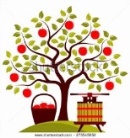 Apple Cider Vinegar
Apple Cider Vinegar
*Helps to maintain normal blood sugar
*Rich in antioxidants
*Good for digestion…improves assimilation of nutrients from food
*Supports lower blood pressure
https://lifespa.com/top-10-benefits-of-apple-cider-vinegar-acv/
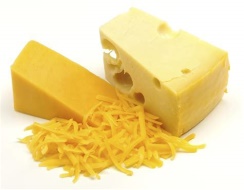 Cheese
Cheese
*”Cheese contains the powerful nutritional triad of calcium, Vitamin D and Vitamin K2, which together channel calcium into your bones and teeth while keeping it out of your arteries; this, combined with its omega-3 fats, make cheese a very heart-healthy food.” (See Dr. Mercola’s article in the link below.)
*Contains high-quality protein and amino acids
* Contains high-quality saturated fats and omega-3 fats
*Contains zinc, phosphorus, Vitamins A, D, B2 (riboflavin) and B12
*Contains CLA (conjugated linoleic acid), a powerful cancer-fighter and metabolism booster
https://articles.mercola.com/sites/articles/archive/2013/06/17/heart-healthy-cheese.aspx
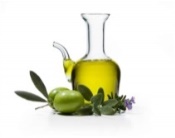 Olive Oil
Olive Oil
*Contains mostly monounsaturated fatty acids – oleic acid being the most important. It’s extremely heart-healthy and capable of fighting free radical damage
*Contains powerful antioxidants…is considered an “anti-inflammatory food” and cardiovascular protector
*Helps fight cancer…contains special compounds that are considered to be anti-cancer agents
*Helps with weight loss…contains high amounts of healthy fats that control excess insulin
*Supports brain health…the healthy fats help to improve memory and ability to focus
*Fights mood disorders and depression…the healthy fats contribute to balancing the body’s hormones
*Naturally slows aging…contains a special antioxidant that helps activate gene signatures keeping us young and protects our cells
*Can help to lower diabetes… the fatty acids help to stabilize the blood sugar
https://draxe.com/olive-oil-benefits/
 Parsley
Parsley
*Rich in antioxidants like Vitamin A, Vitamin C, Vitamin E, and Vitamin K (plays a key role in the treatment of Alzheimer’s by limiting neuronal damage in the brain)
*Good source of minerals like potassium, calcium, manganese, magnesium and iron
*Rich in B-Complex vitamins
https://www.nutrition-and-you.com/parsley.html
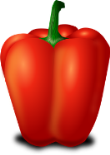 Red Bell Pepper
Red Bell Pepper
*Excellent source of dietary fiber (both soluable and insoluable)
*Rich sources of Vitamin A, Vitamin C, and Vitamin B6 (helps to process fats, carbs, and proteins)
*Rich in other antioxidants like carotenoids (lycopene, beta-carotene, lutein, and zeaxanthin.
*good source of vitamin E, vitamin K, folate, potassium, and manganese
https://www.verywellfit.com/bell-pepper-nutrition-facts-calories-and-health-benefits-4119789
 Red Leaf Lettuce
Red Leaf Lettuce
*My personal favorite…I love the rich red color of the leaves, the light texture – the way it sits up on my plate, and the taste is very pleasant…it gives my salad eye appeal and that’s important to me…makes it more appetizing…and I need that incentive when it comes to eating salad. It means I’ll eat more of it and I need the roughage in my diet.
*I didn’t know lettuce had any major health benefits beyond its roughage until I did this project…what a nice surprise! Take a look!
*It’s loaded with antioxidants!
*It’s rich in Vitamin A.
*It’s high in Vitamin K which is good for bones and blood.
*It has some B-complex Vitamins, iron, potassium and is high in beta carotene!
**Take a look at the chart in the link below…
Here’s a tip: My lettuce stays fresh for weeks in a plastic bag twisted tightly to keep air out. I keep it in my crisper on the bottom of my fridge.
http://extension.colostate.edu/docs/pubs/foodnut/09373.pdf
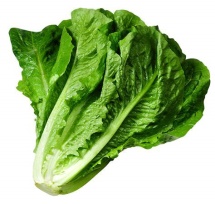 Romaine Lettuce
Romaine Lettuce
*Contains Vitamin C, K, B-Complex, and Beta-Carotene
*High in flavonoids
*Rich in folic acid
*Good source of fiber
*Contains minerals including chromium, calcium, copper, magnesium, manganese, potassium and iron
http://extension.colostate.edu/docs/pubs/foodnut/09373.pdf
https://www.healwithfood.org/health-benefits/romaine-lettuce-cos.php
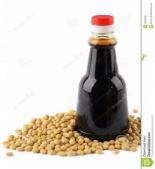 Soy Sauce
Soy Sauce
*Helps the body digest food more easily. In soup (tasty addition!) it helps the stomach produce more gastric juice.
*Helps to destroy harmful microorganisms like Staph, Salmonella, and E. coli
*Eases hypertension with a nutrient called angiotensin
*Beneficial in repairing damaged cells
https://ic.steadyhealth.com/benefits-of-soy-sauce
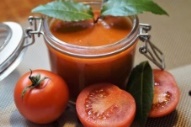 Tomato Sauce (also listed in the Soup Nutrition section)
Tomato Sauce (also listed in the Soup Nutrition section)
I think everyone knows how healthy tomatoes are for you and how delicious this sauce tastes in sooo many recipes! I’ll just mention a few of the key benefits here:
*Contains a potent antioxidant called lycopene – known for increasing the healthy cholesterol and reducing the bad kind
*Excellent source of Vitamin A
*Rich in calcium
**I’ll let you read the website for details – even if it’s just to see pictures of those beautiful tomatoes!
https://www.verywellfit.com/tomatoes-nutrition-facts-calories-and-health-benefits-4119981
 Happy Healthy Eating!
Happy Healthy Eating!
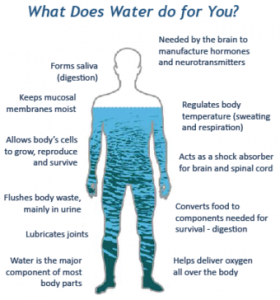
![]()
![]()
![]()
![]()
![]()
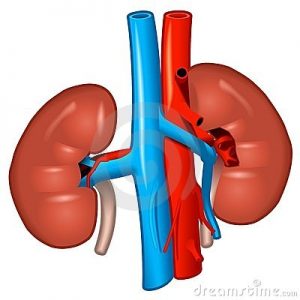



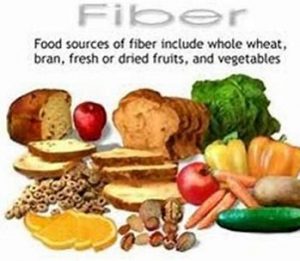 I grew up eating whole grain cereals for breakfast like Wheatena ( my favorite), a wonderful nutty and tasty hot treat with sliced banana and milk – those winter months in New Jersey were cold! Other cereals like Wheaties and Cheerios rounded out my whole grain intake…we didn’t know about whole wheat breads in my household. We ate Wonder Bread. Muffins and pancakes were made with Bisquick.
I grew up eating whole grain cereals for breakfast like Wheatena ( my favorite), a wonderful nutty and tasty hot treat with sliced banana and milk – those winter months in New Jersey were cold! Other cereals like Wheaties and Cheerios rounded out my whole grain intake…we didn’t know about whole wheat breads in my household. We ate Wonder Bread. Muffins and pancakes were made with Bisquick. 
 Springtime is another story. When the warm air hits I crave the cool crunch of a hearty salad, and this spring I created one that is nutritious, colorful, and full of texture – a delight for the senses. This particular salad really “unclogs” my system so I try to eat at least one salad each day. Here is my salad recipe followed by the nutritional benefits of its ingredients along with online sources for you:
Springtime is another story. When the warm air hits I crave the cool crunch of a hearty salad, and this spring I created one that is nutritious, colorful, and full of texture – a delight for the senses. This particular salad really “unclogs” my system so I try to eat at least one salad each day. Here is my salad recipe followed by the nutritional benefits of its ingredients along with online sources for you: Apple Cider Vinegar
Apple Cider Vinegar Cheese
Cheese Olive Oil
Olive Oil Parsley
Parsley Red Bell Pepper
Red Bell Pepper Red Leaf Lettuce
Red Leaf Lettuce Romaine Lettuce
Romaine Lettuce  Soy Sauce
Soy Sauce Tomato Sauce (also listed in the Soup Nutrition section)
Tomato Sauce (also listed in the Soup Nutrition section)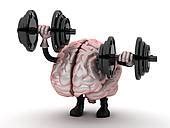
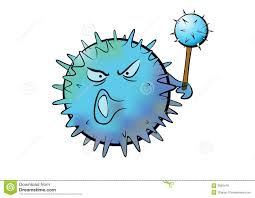 hit my town a month or so ago grocery stores increased their sanitation practices to protect the health of its customers. I understand and appreciate their concern and efforts in this regard. However, Trader Joe’s took it to a unique panic level and made its customers stand in line outside the store several feet apart while an employee in the front controlled the number of customers who could enter at one time. We were told it was an effort to keep distance between customers shopping inside. I went along with this procedure a few times till I realized that once inside my items were not available…so I’d stood in line for 15 min or more to find that I’d wasted my time and went away frustrated. Well, one day I was there early and only needed milk so I stood in line for a little while hoping for the best…My common sense and reason took over when I viewed Fry’s across the street and left. I haven’t been back and don’t know if I ever will return.
hit my town a month or so ago grocery stores increased their sanitation practices to protect the health of its customers. I understand and appreciate their concern and efforts in this regard. However, Trader Joe’s took it to a unique panic level and made its customers stand in line outside the store several feet apart while an employee in the front controlled the number of customers who could enter at one time. We were told it was an effort to keep distance between customers shopping inside. I went along with this procedure a few times till I realized that once inside my items were not available…so I’d stood in line for 15 min or more to find that I’d wasted my time and went away frustrated. Well, one day I was there early and only needed milk so I stood in line for a little while hoping for the best…My common sense and reason took over when I viewed Fry’s across the street and left. I haven’t been back and don’t know if I ever will return. 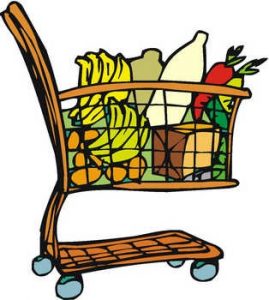 I got my milk without fuss at Fry’s that day and although I had a few disappointments there with products not being available I’ve continued to shop there hoping that things would get better. They did! I discovered that they’d put a 2-item limit on everything in the store, and by persevering I discovered great products to replace what I’d been buying before, and new foods that have added nutrition and enjoyment to my diet. Take a look:
I got my milk without fuss at Fry’s that day and although I had a few disappointments there with products not being available I’ve continued to shop there hoping that things would get better. They did! I discovered that they’d put a 2-item limit on everything in the store, and by persevering I discovered great products to replace what I’d been buying before, and new foods that have added nutrition and enjoyment to my diet. Take a look: All of these new experiences were the result of trying something new. I have become more flexible and able to adapt more easily to situations I can’t control.
All of these new experiences were the result of trying something new. I have become more flexible and able to adapt more easily to situations I can’t control.


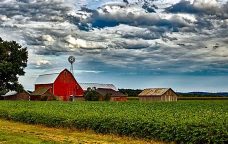
 Organic Farming
Organic Farming